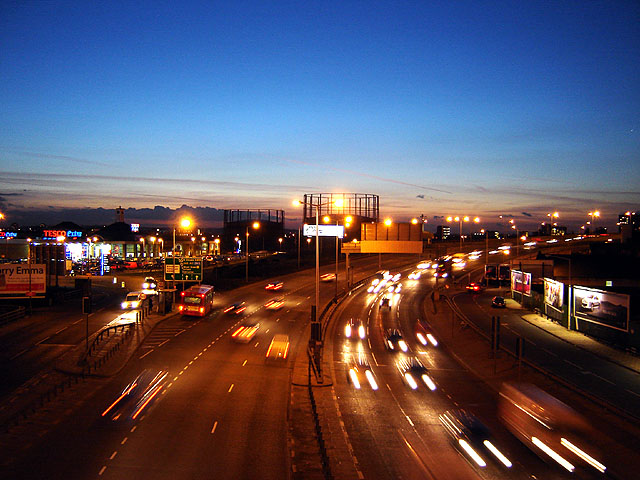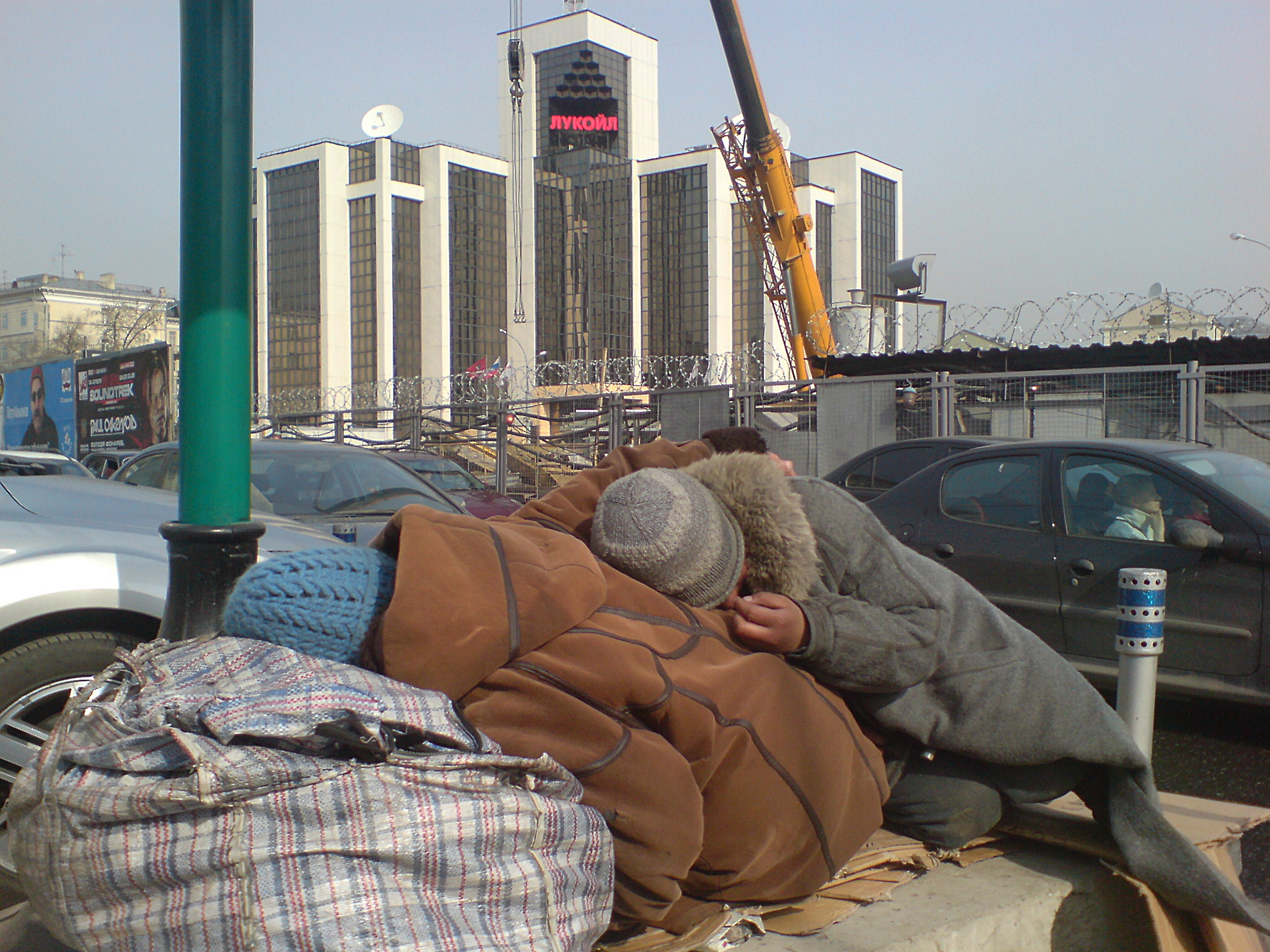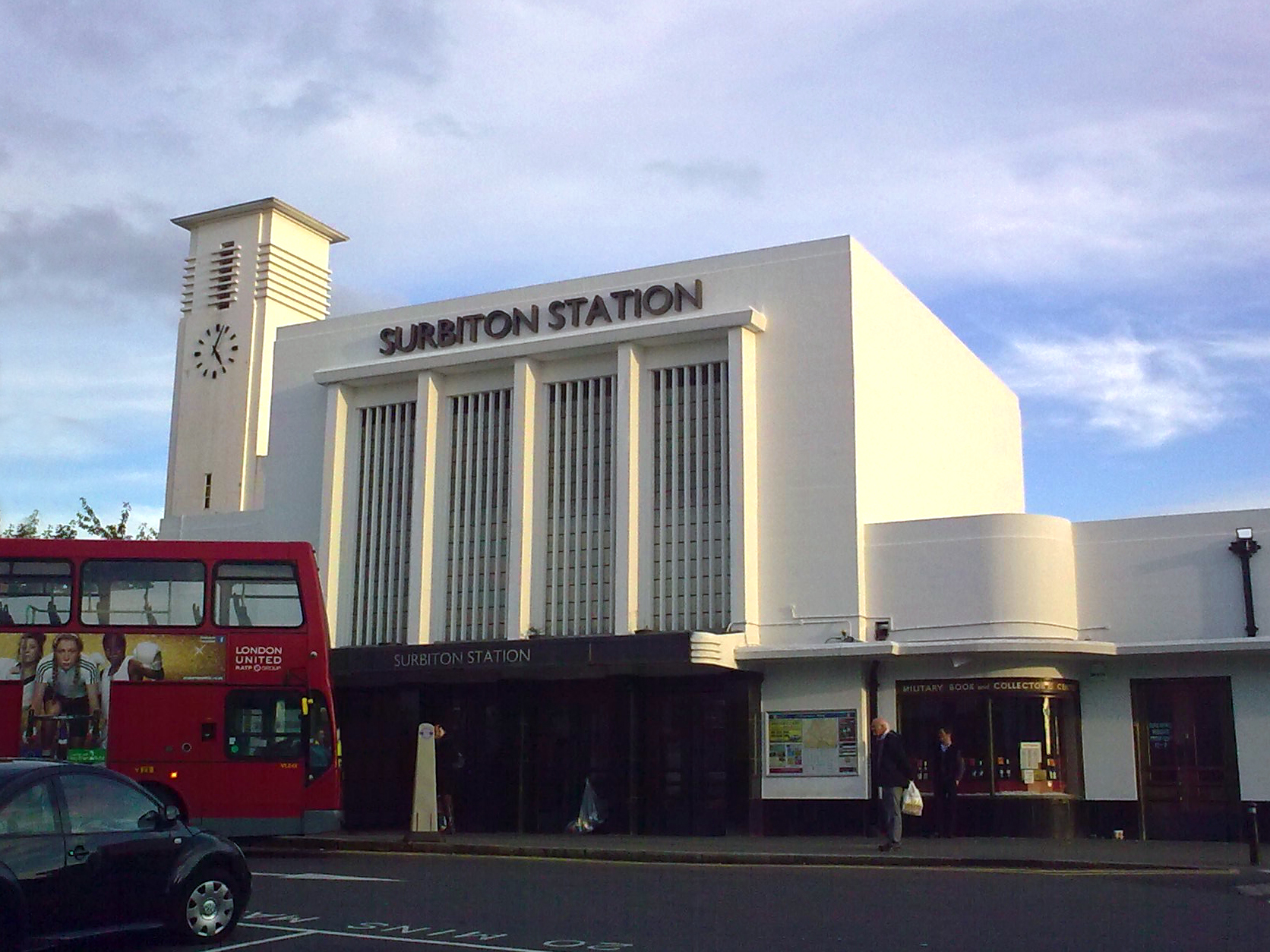|
Tottenham Park Cemetery
Tottenham Park Cemetery is a small (2.4 hectares) burial ground in Edmonton, London, Edmonton, in the London Borough of Enfield. It was opened in 1912 by the Tottenham Park Cemetery Company, and originally used as a Pauper, paupers' cemetery. It is owned by Tottenham Park Cemetery Ltd and is used as a mixed faith burial ground. Architecture A small brick chapel (disused and derelict) is situated on a central drive lined with Lime-tree, lime trees. It is similar in style to chapels of Surbiton Cemetery, Streatham Park Cemetery (also known as the South London Crematorium and Streatham Vale Cemetery) all designed by architect John Bannen. Closure After safety concerns were raised by members of the community with London Borough of Enfield, Enfield Council, the owners took the decision to close the cemetery on 16 February 2018 to protect the public. Tottenham Park Cemetery is in contact with the local authority to discuss proposals to completing remedial works and opening the site as ... [...More Info...] [...Related Items...] OR: [Wikipedia] [Google] [Baidu] |
Edmonton, London
Edmonton is a town in north London, England within the London Borough of Enfield, a local government district of Greater London. The northern part of the town is known as Lower Edmonton or Edmonton Green, and the southern part as Upper Edmonton. Situated north-northeast of Charing Cross, it borders Enfield to the north, Chingford to the east, and Tottenham to the south, with Palmers Green and Winchmore Hill to the west. The population of Edmonton was 82,472 as of 2011. The town forms part of the ceremonial county of Greater London and until 1965 was in the ancient county of Middlesex. Historically a parish in the Edmonton Hundred of Middlesex, Edmonton became an urban district in 1894, and a municipal borough in 1937. Local government took place at the now-demolished Edmonton Town Hall in Fore Street between 1855 and 1965. In 1965, following reform of local government in London, the municipal borough and former parish of Edmonton was abolished, merging with that of Enfiel ... [...More Info...] [...Related Items...] OR: [Wikipedia] [Google] [Baidu] |
London Borough Of Enfield
The London Borough of Enfield () is a London boroughs, London borough in North London. It borders the London boroughs of London Borough of Barnet, Barnet to the west, London Borough of Haringey, Haringey to the south, and London Borough of Waltham Forest, Waltham Forest to the southeast. To the north are the districts of Hertsmere, Welwyn Hatfield and Borough of Broxbourne, Broxbourne (in Hertfordshire), and to the east is Epping Forest District in Essex. The local authority is Enfield London Borough Council. Enfield's population is estimated to be 333,794; the main towns in the borough are Edmonton, London, Edmonton, Enfield, London, Enfield, Southgate, London, Southgate and Palmers Green. Enfield is the northernmost London borough. Etymology Enfield was recorded in Domesday Book in 1086 as ''Enefelde'', and as ''Einefeld'' in 1214, ''Enfeld'' in 1293, and ''Enfild'' in 1564: that is 'open land of a man called Ēana', or 'where lambs are reared', from the Old English ''feld'' w ... [...More Info...] [...Related Items...] OR: [Wikipedia] [Google] [Baidu] |
Pauper
Pauperism (Lat. ''pauper'', poor) is poverty or generally the state of being poor, or particularly the condition of being a "pauper", i.e. receiving relief administered under the English Poor Laws. From this, pauperism can also be more generally the state of being supported at public expense, within or outside of almshouses, and still more generally, of dependence for any considerable period on charitable assistance, public or private. In this sense pauperism is to be distinguished from poverty. Under the English Poor Laws, a person to be relieved must be a destitute person, and the moment he had been relieved he became a pauper, and as such incurred certain civil disabilities. Statistics dealing with the state of pauperism in this sense convey not the amount of destitution actually prevalent, but the particulars of people in receipt of poor law relief. The 1830s brought to Europe great economic hardships. The late 19th century saw a tremendous rise in the populations of all t ... [...More Info...] [...Related Items...] OR: [Wikipedia] [Google] [Baidu] |
Lime-tree
''Tilia'' is a genus of about 30 species of trees or bushes, native throughout most of the temperate Northern Hemisphere. The tree is known as linden for the European species, and basswood for North American species. In Britain and Ireland they are commonly called lime trees, although they are not related to the citrus lime. The genus occurs in Europe and eastern North America, but the greatest species diversity is found in Asia. Under the Cronquist classification system, this genus was placed in the family Tiliaceae, but genetic research summarised by the Angiosperm Phylogeny Group has resulted in the incorporation of this genus, and of most of the previous family, into the Malvaceae. ''Tilia'' species are mostly large, deciduous trees, reaching typically tall, with oblique-cordate (heart-shaped) leaves across. As with elms, the exact number of species is uncertain, as many of the species can hybridise readily, both in the wild and in cultivation. They are hermaphroditic, h ... [...More Info...] [...Related Items...] OR: [Wikipedia] [Google] [Baidu] |
Surbiton Cemetery
Surbiton is a suburban neighbourhood in South West London, within the Royal Borough of Kingston upon Thames (RBK). It is next to the River Thames, southwest of Charing Cross. Surbiton was in the historic county of Surrey and since 1965 it has been in Greater London. Surbiton comprises four of the RBK's wards: Alexandra, Berrylands, St. Mark's, and Surbiton Hill. Founded originally as Kingston-upon-Railway when the area was first developed in the 1840s, Surbiton possesses a mixture of grand 19th-century townhouses, Art Deco courts, and more recent residential blocks blending in with semi-detached 20th-century housing estates. With a population of 45,132 in 2016, it accounts for approximately 25% of the total population of the Royal Borough of Kingston upon Thames. Surbiton extends over an area of . Etymology Though Surbiton only received its current name in 1869, the name is attested as ''Suberton'' in 1179, ''Surbeton'' in 1263, ''Surpeton'' in 1486, and finally ''Surbiton'' ... [...More Info...] [...Related Items...] OR: [Wikipedia] [Google] [Baidu] |
Streatham Park Cemetery
South London Crematorium and Streatham Park Cemetery is a cemetery and crematorium on Rowan Road in Streatham Vale. It has always been privately owned and managed and is now part of the Dignity plc group . The South London Crematorium is situated within the cemetery grounds and opened in 1936. History Streatham Park Cemetery is laid out in a grid pattern and opened as the Great Southern Cemetery in 1909 but was originally planned in 1890 to match the Great Northern Cemetery that opened in 1861 in Southgate. The cemetery buildings included a lodge, an Anglican Chapel and a small Roman Catholic chapel designed by John Bannen who also designed the Crematorium. The Crematorium had been planned from 1913 but was not built until 1936, the delay owing to the start of World War I. The cemetery lodge and Roman Catholic chapel have since been demolished while the original Anglican chapel later re-opened as the cemetery office. The cemetery has various gardens of remembrance, including ... [...More Info...] [...Related Items...] OR: [Wikipedia] [Google] [Baidu] |
John Bannen
John is a common English name and surname: * John (given name) * John (surname) John may also refer to: New Testament Works * Gospel of John, a title often shortened to John * First Epistle of John, often shortened to 1 John * Second Epistle of John, often shortened to 2 John * Third Epistle of John, often shortened to 3 John People * John the Baptist (died c. AD 30), regarded as a prophet and the forerunner of Jesus Christ * John the Apostle (lived c. AD 30), one of the twelve apostles of Jesus * John the Evangelist, assigned author of the Fourth Gospel, once identified with the Apostle * John of Patmos, also known as John the Divine or John the Revelator, the author of the Book of Revelation, once identified with the Apostle * John the Presbyter, a figure either identified with or distinguished from the Apostle, the Evangelist and John of Patmos Other people with the given name Religious figures * John, father of Andrew the Apostle and Saint Peter * Pop ... [...More Info...] [...Related Items...] OR: [Wikipedia] [Google] [Baidu] |
Burial Act 1857
The Burial Act 1857 is an Act of the Parliament of the United Kingdom. It is one of the Burial Acts 1852 to 1885. Its purpose is to regulate burial grounds. It regulates where and how deceased people may be buried, and provides for the exhumation of remains. The Act made it illegal to disturb a grave (other than for an officially sanctioned exhumation). The Act did not make it illegal to steal a dead body, and it is only the opening of the grave which constitutes an offence, not the removal of the contents. Guidance for Burial Ground Managers The Government Department for Constitutional Affairs provides guidance for burial ground managers, and many aspect of it relate to provisions contained in the Burial Act 1857. Disturbing a Burial and Exhumation Concerns arose that due to pressures of population movement to urban areas during the Industrial revolution that burial graves were reused too quickly. The offence of disturbing a burial included in the Burial Act 1857 was based ... [...More Info...] [...Related Items...] OR: [Wikipedia] [Google] [Baidu] |
Church Of England
The Church of England (C of E) is the established Christian church in England and the mother church of the international Anglican Communion. It traces its history to the Christian church recorded as existing in the Roman province of Britain by the 3rd century and to the 6th-century Gregorian mission to Kent led by Augustine of Canterbury. The English church renounced papal authority in 1534 when Henry VIII failed to secure a papal annulment of his marriage to Catherine of Aragon. The English Reformation accelerated under Edward VI's regents, before a brief restoration of papal authority under Queen Mary I and King Philip. The Act of Supremacy 1558 renewed the breach, and the Elizabethan Settlement charted a course enabling the English church to describe itself as both Reformed and Catholic. In the earlier phase of the English Reformation there were both Roman Catholic martyrs and radical Protestant martyrs. The later phases saw the Penal Laws punish Ro ... [...More Info...] [...Related Items...] OR: [Wikipedia] [Google] [Baidu] |
Cemeteries In London
There are a number of cemeteries in Greater London. Among them are the Magnificent Seven, London, Magnificent Seven, seven large Victorian-era cemeteries. There are also a number of crematoria. A number of cemeteries have listed buildings or structures, or have been placed on the National Register of Historic Parks and Gardens by English Heritage. Others have secured Green Flag Award#Green Heritage Site Accreditation, Green Heritage Site accreditation or may be on the World Heritage Site, UNESCO World Heritage List. "The Magnificent Seven" Magnificent Seven, London, The Magnificent Seven cemeteries were the first commercial cemeteries constructed around the outskirts of London. They are all of special historical value and are on the English Heritage lists. Abbreviations used in the column closed :C = Still used for cremations :F = Burial in family plots is still possible Gallery Image:Abney Park Cemetery Main Gate.JPG, Abney Park CemeteryMain Gate Image:Gate of Brompton Cem ... [...More Info...] [...Related Items...] OR: [Wikipedia] [Google] [Baidu] |




_-_geograph.org.uk_-_22070.jpg)

